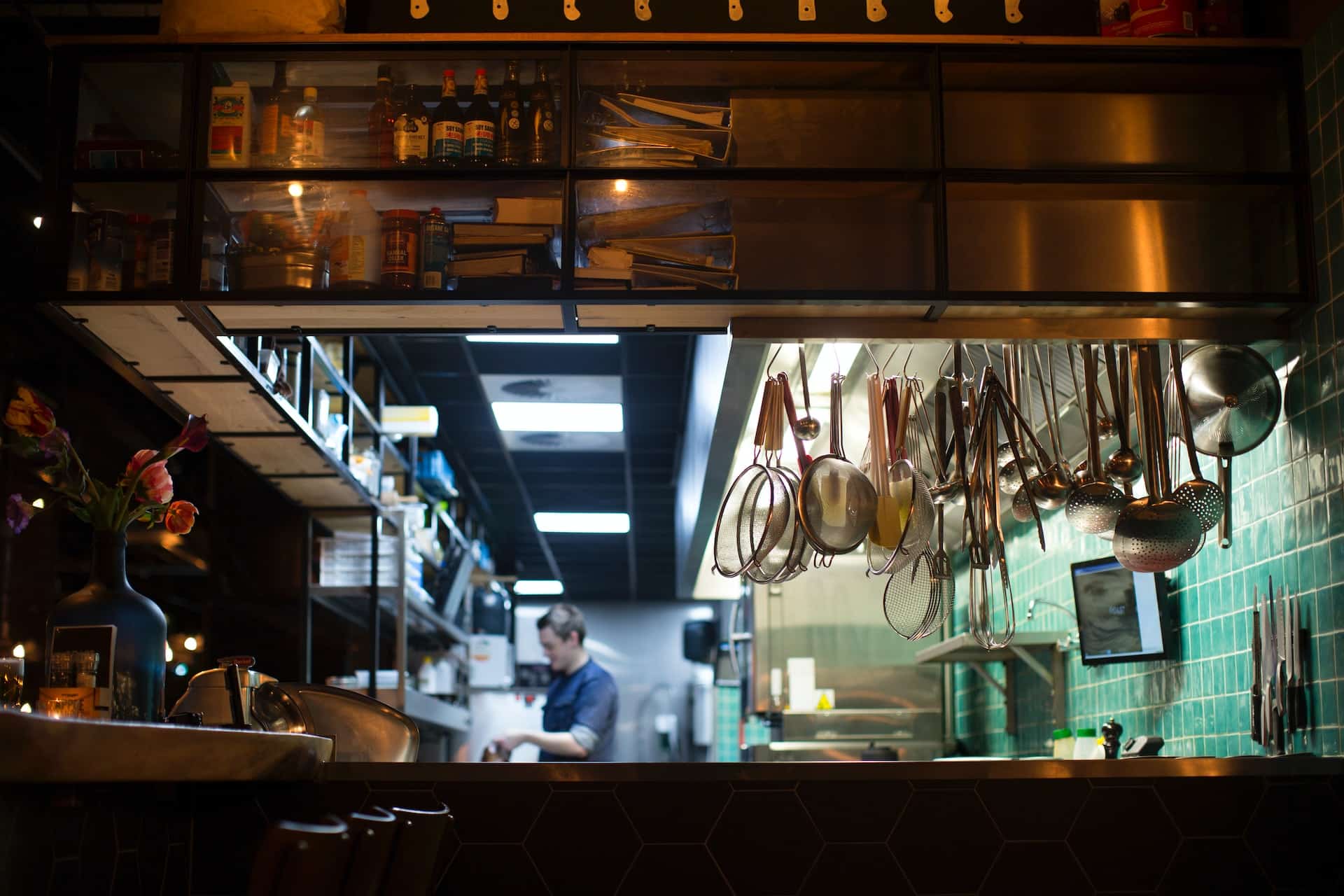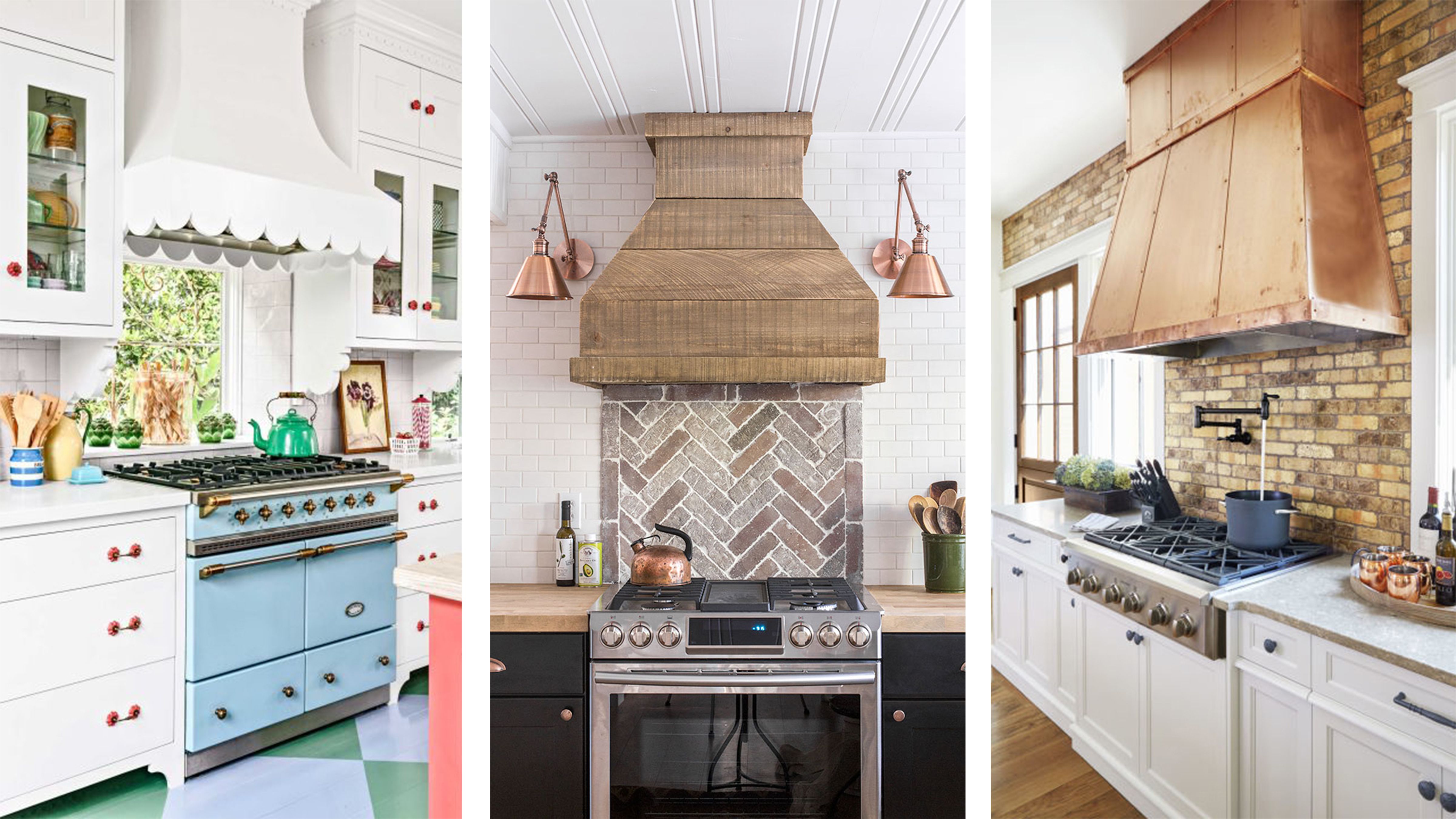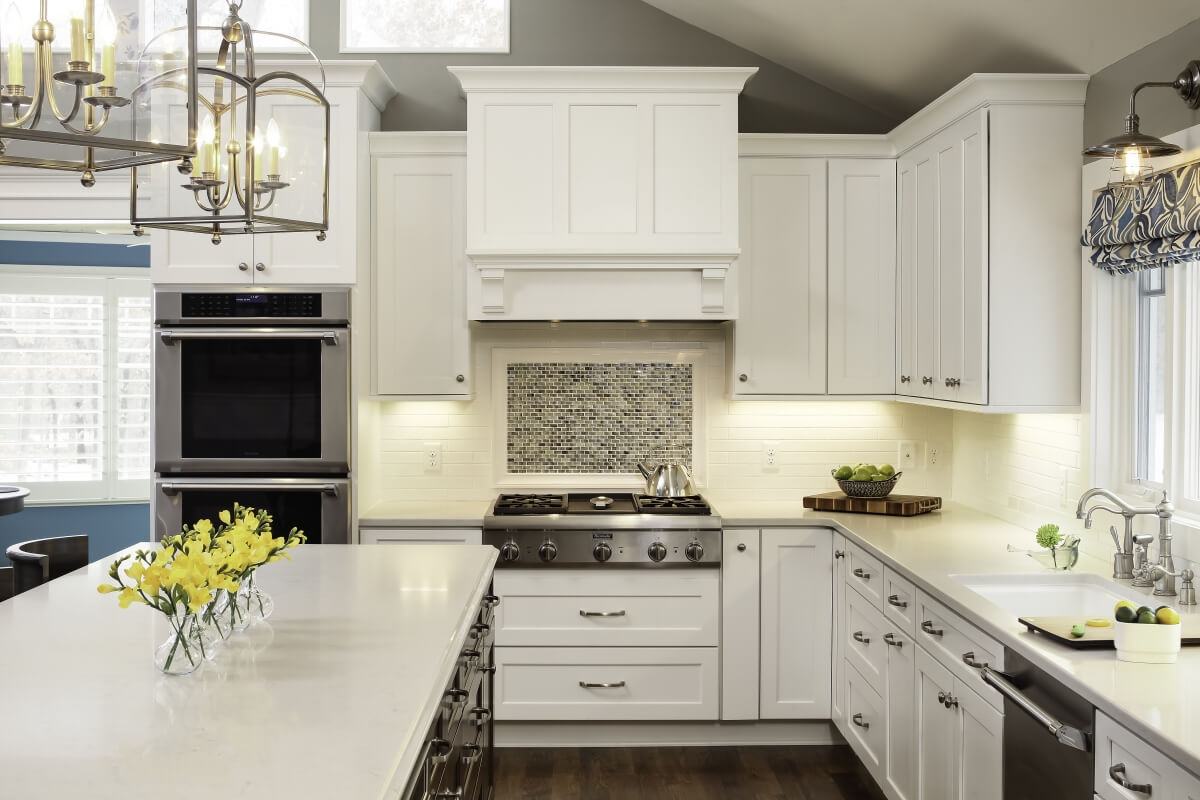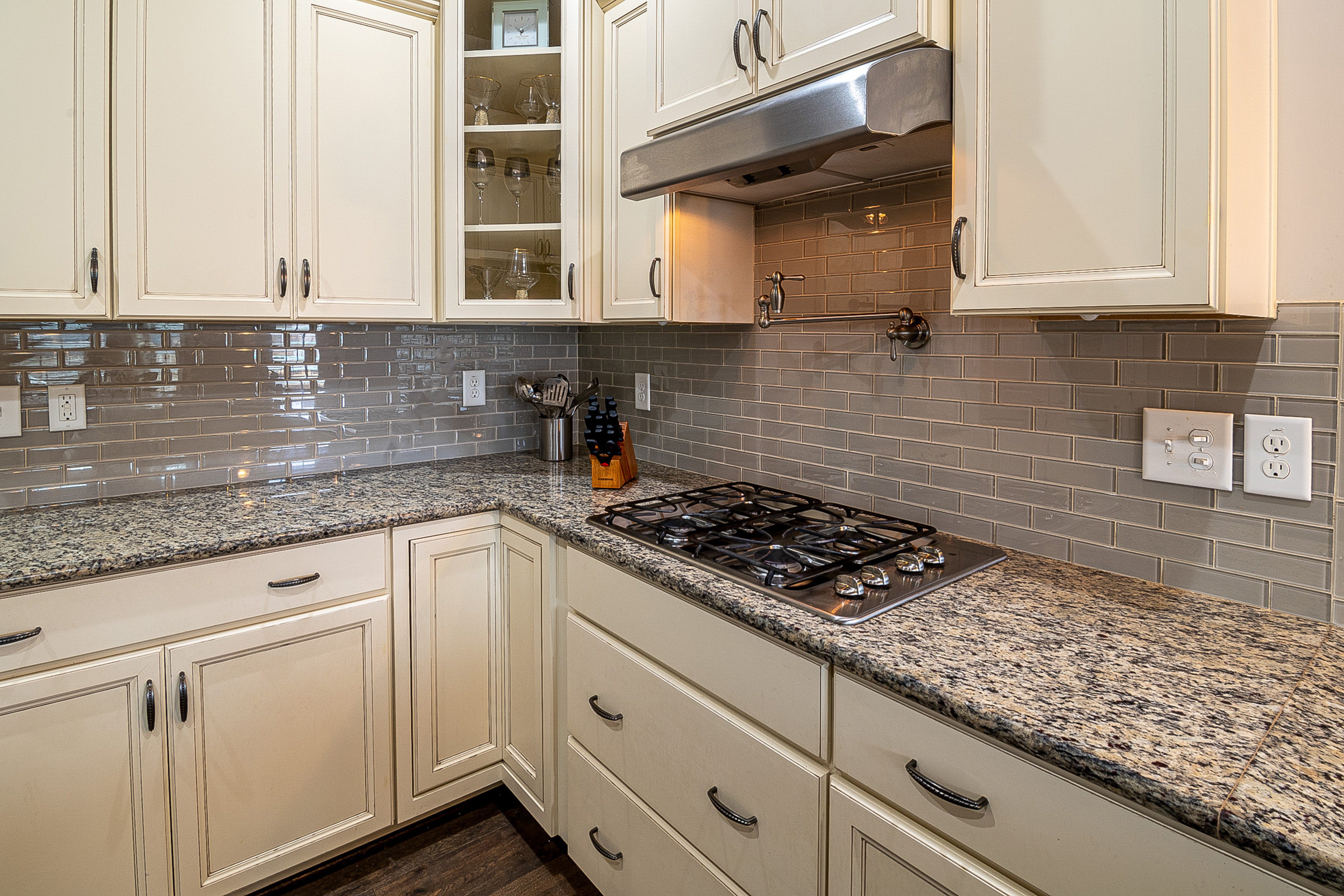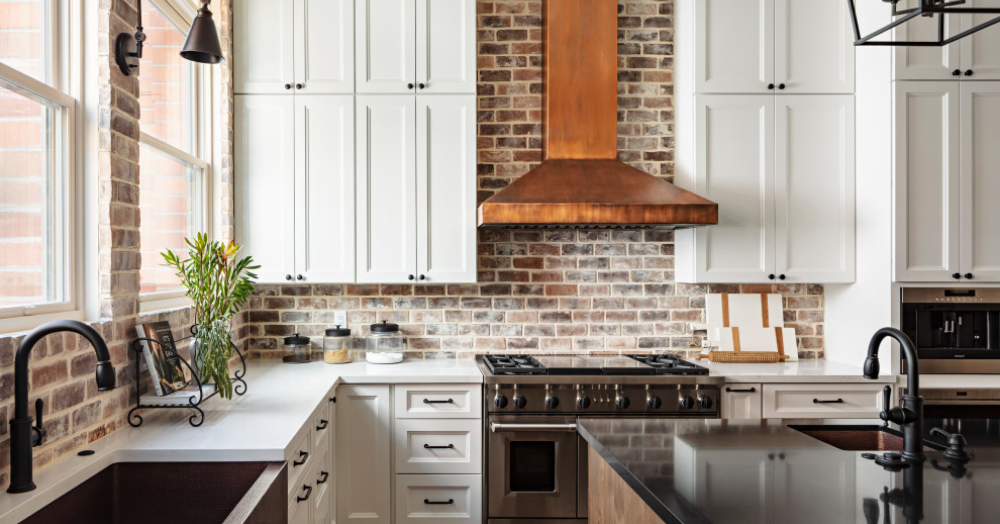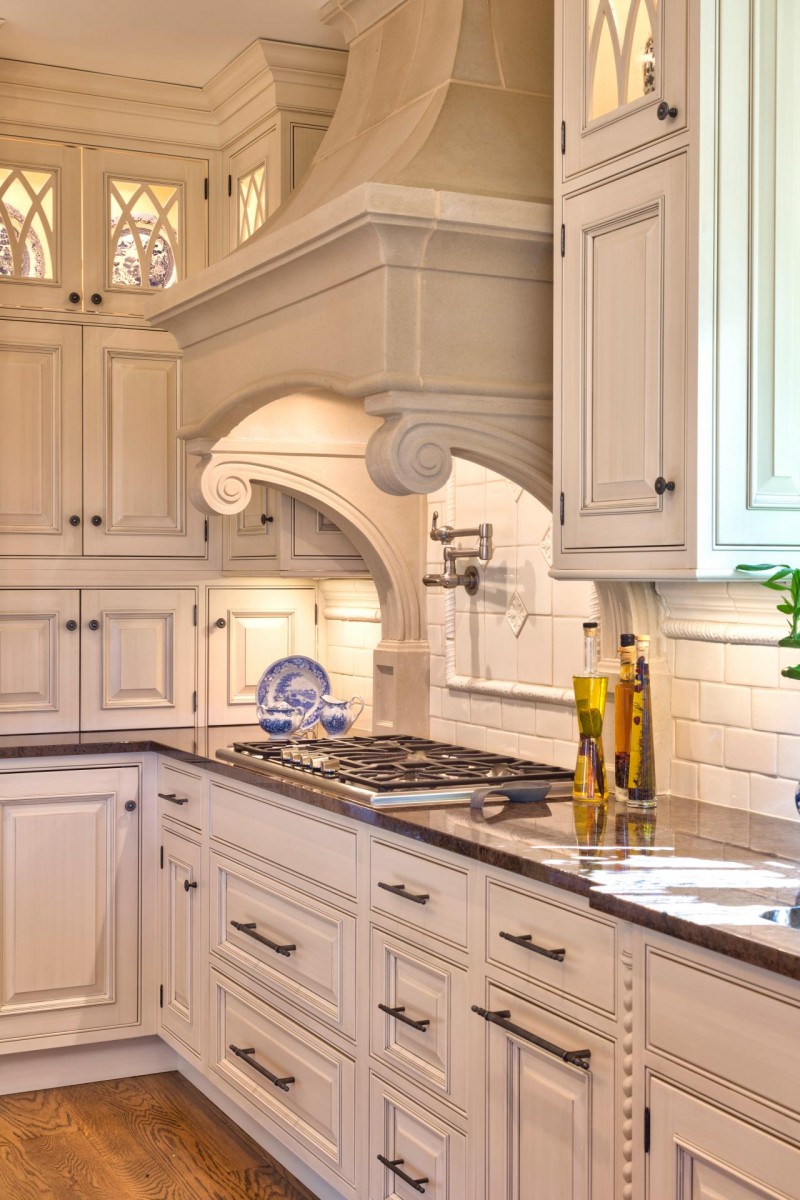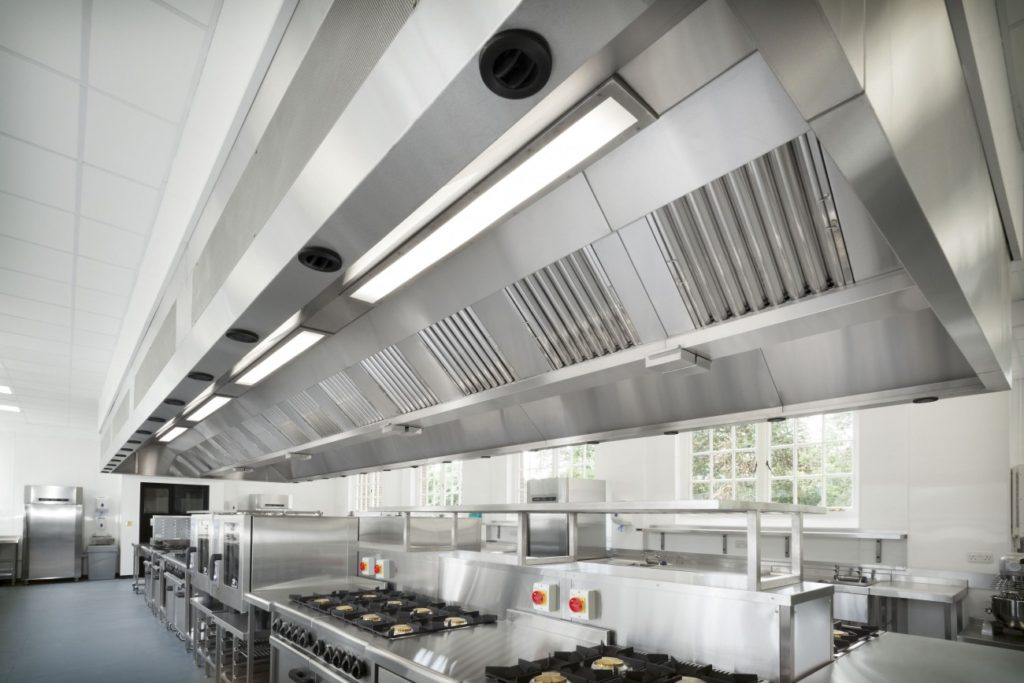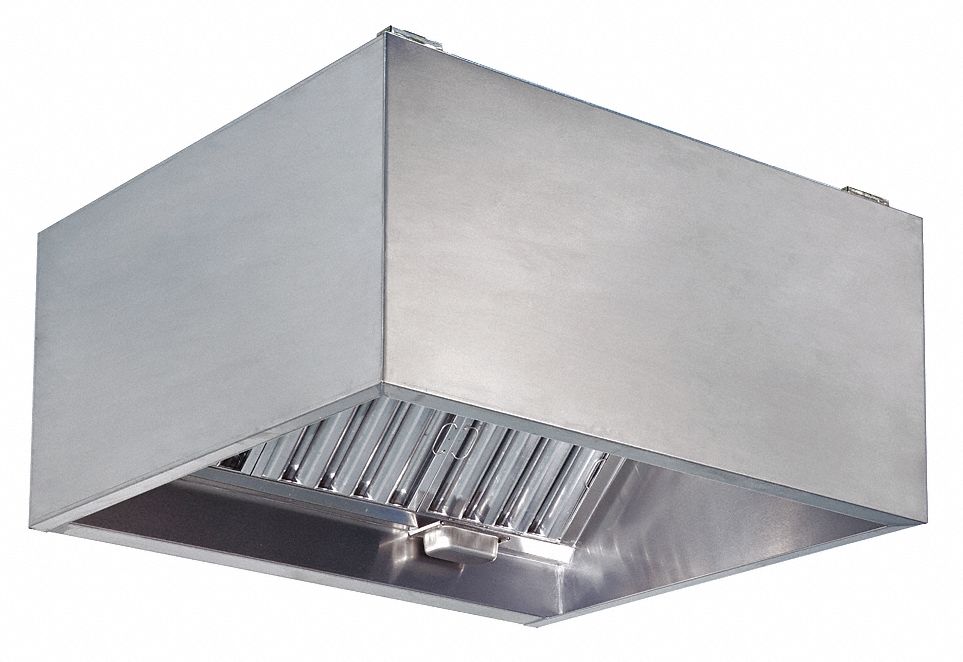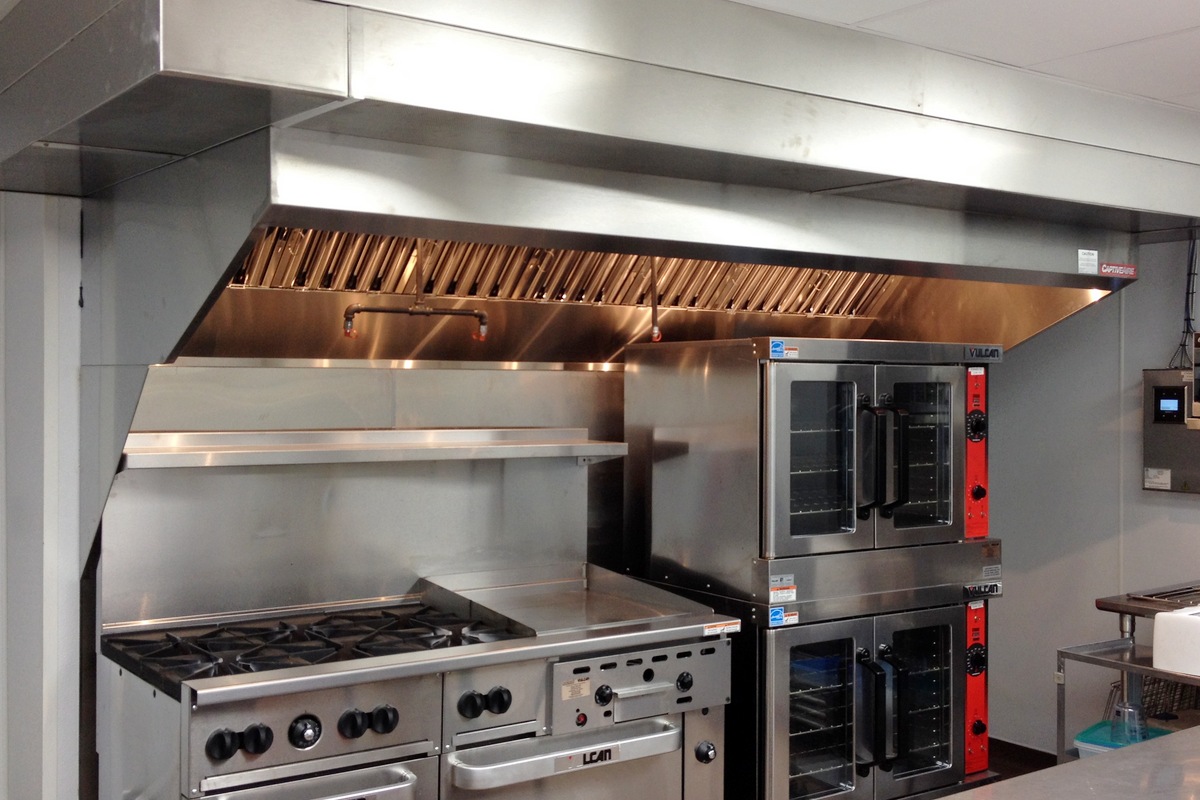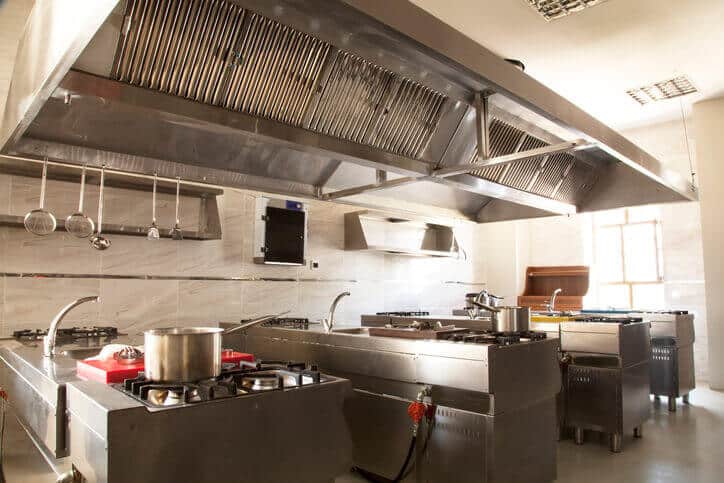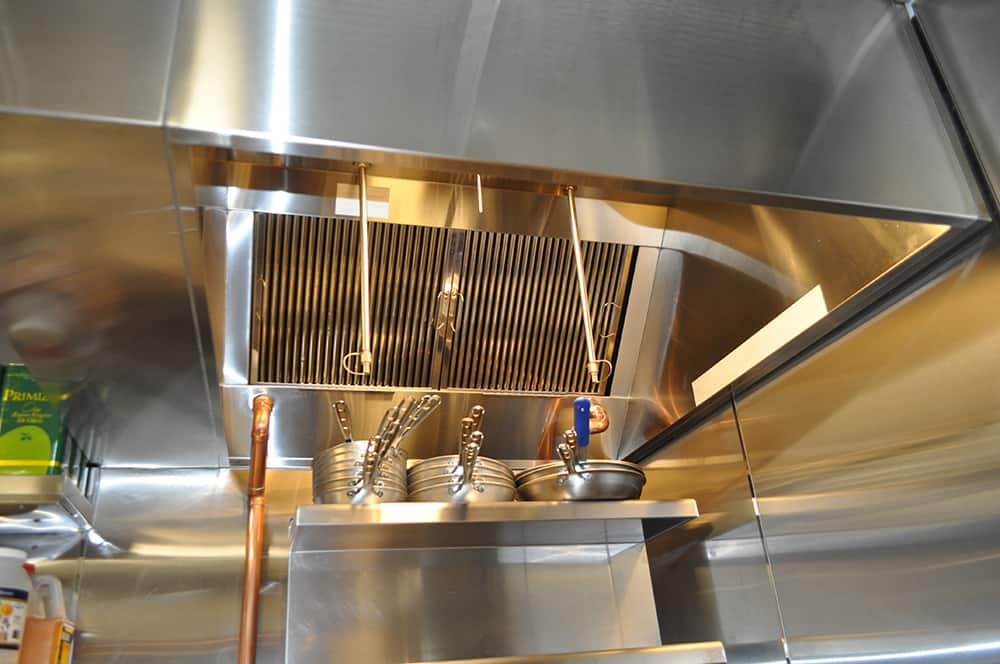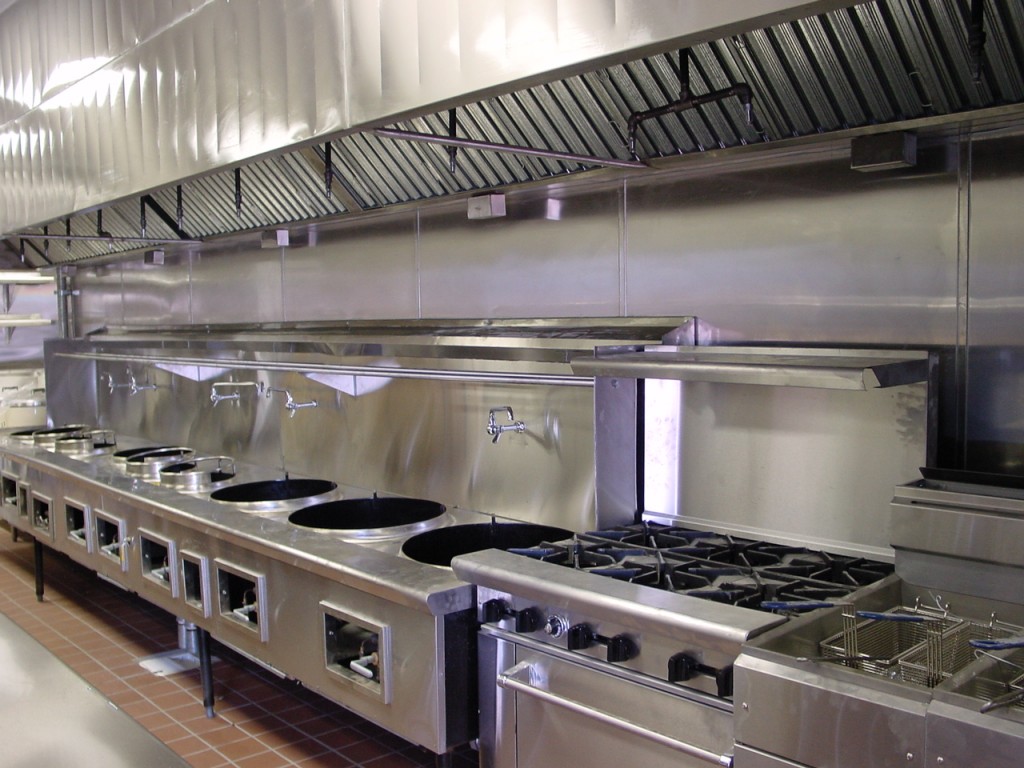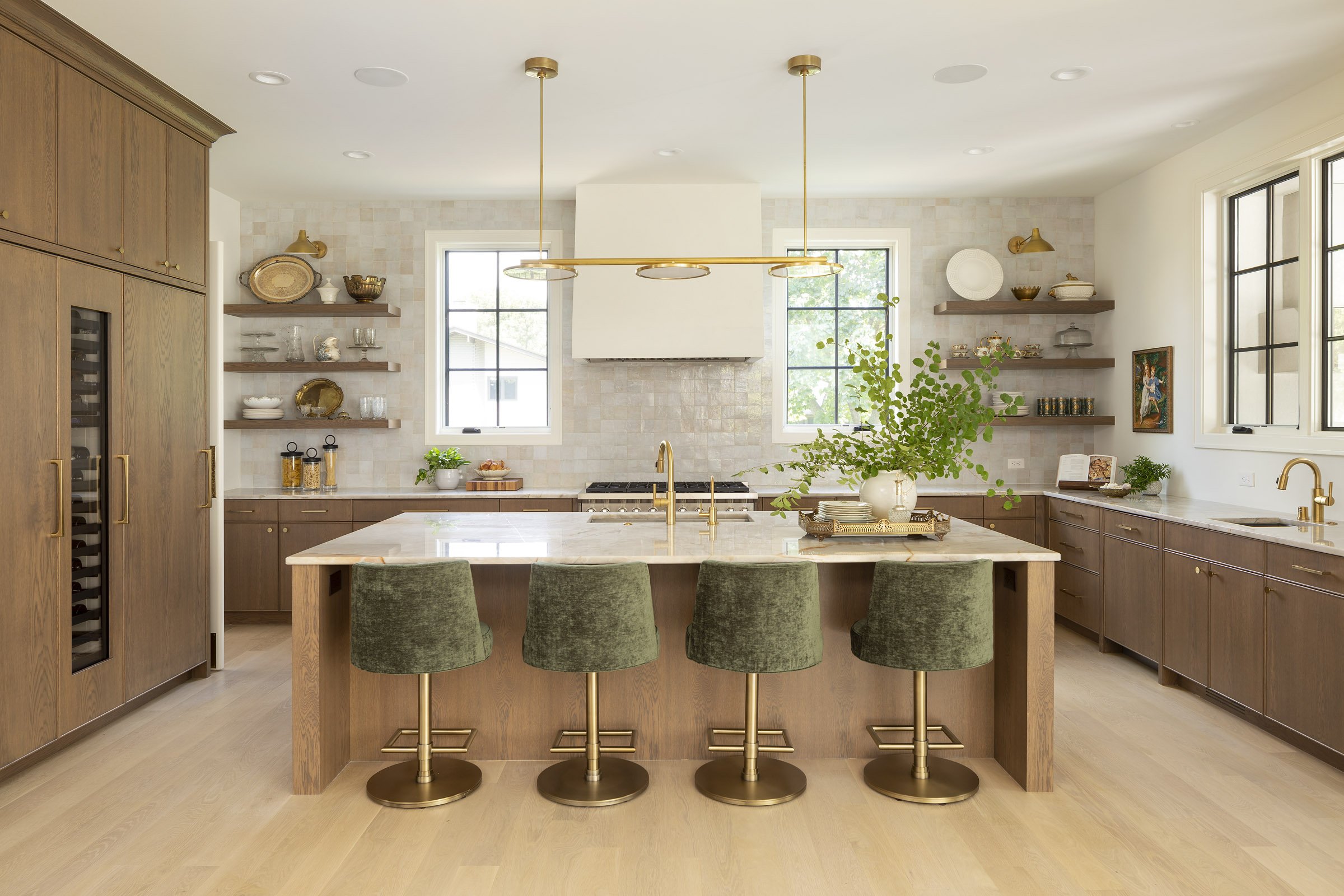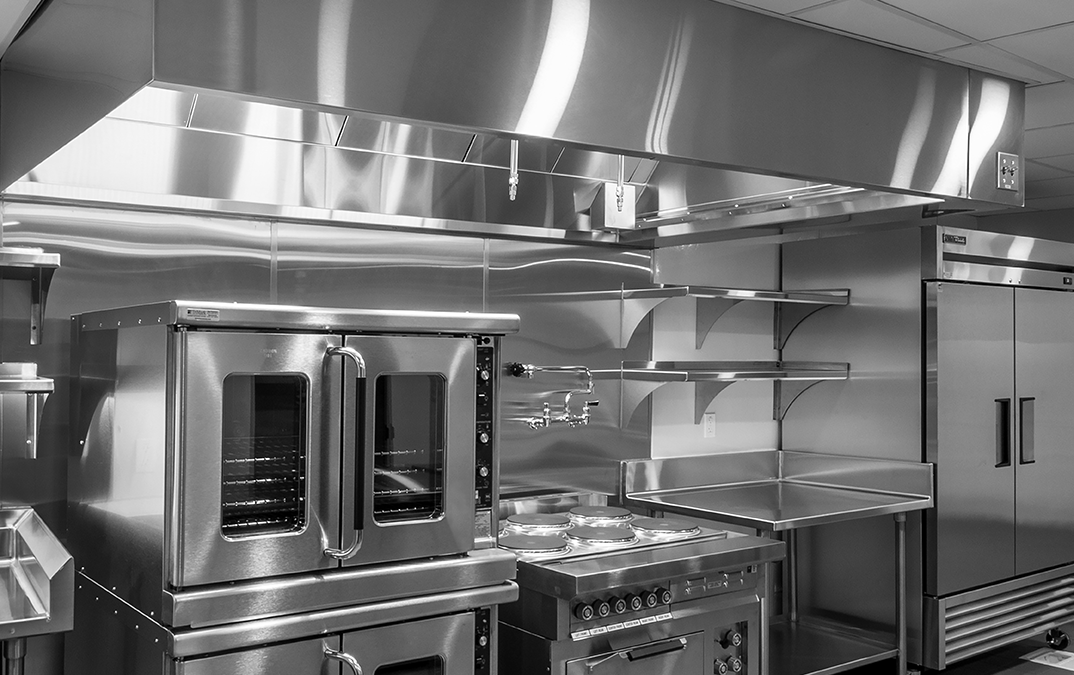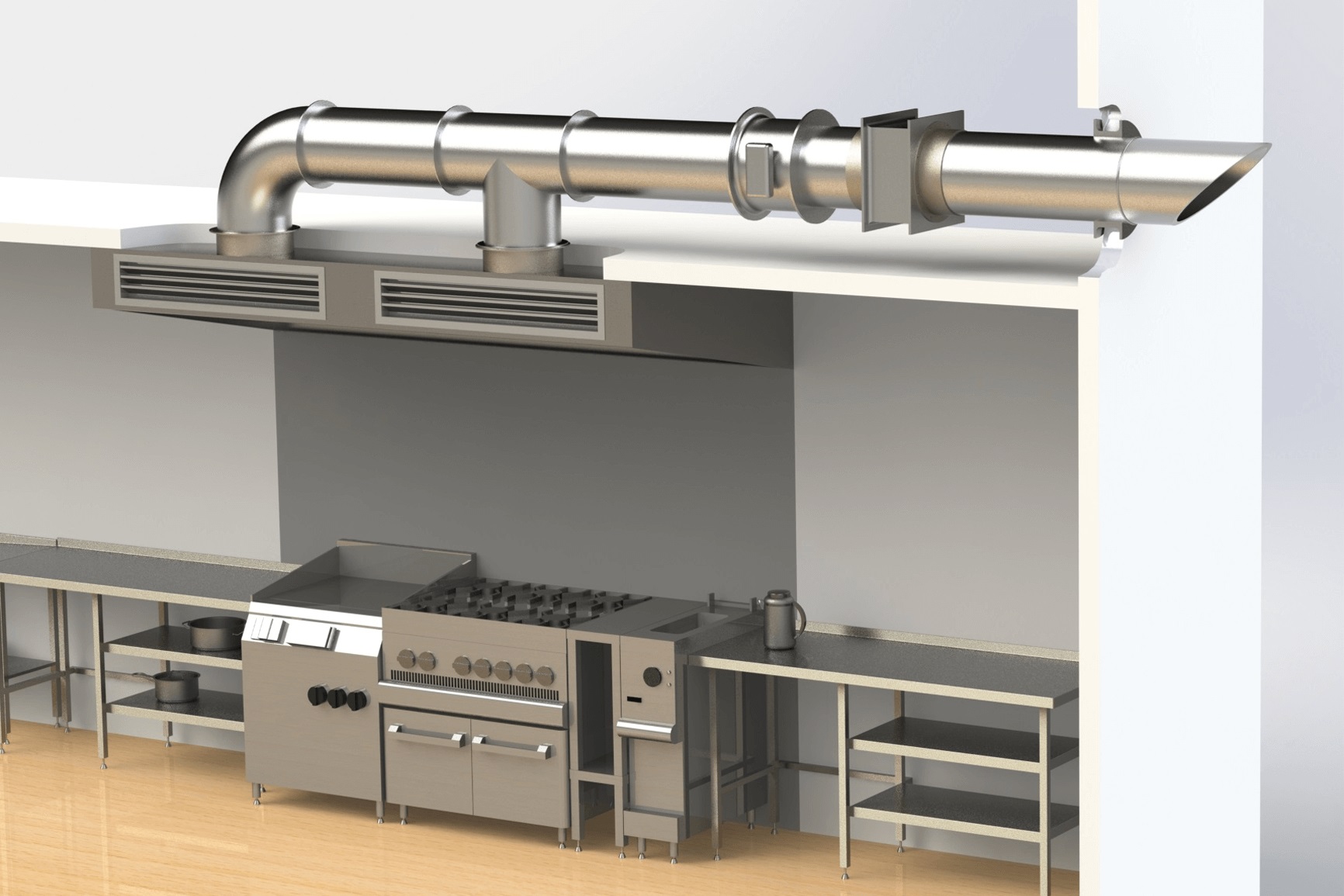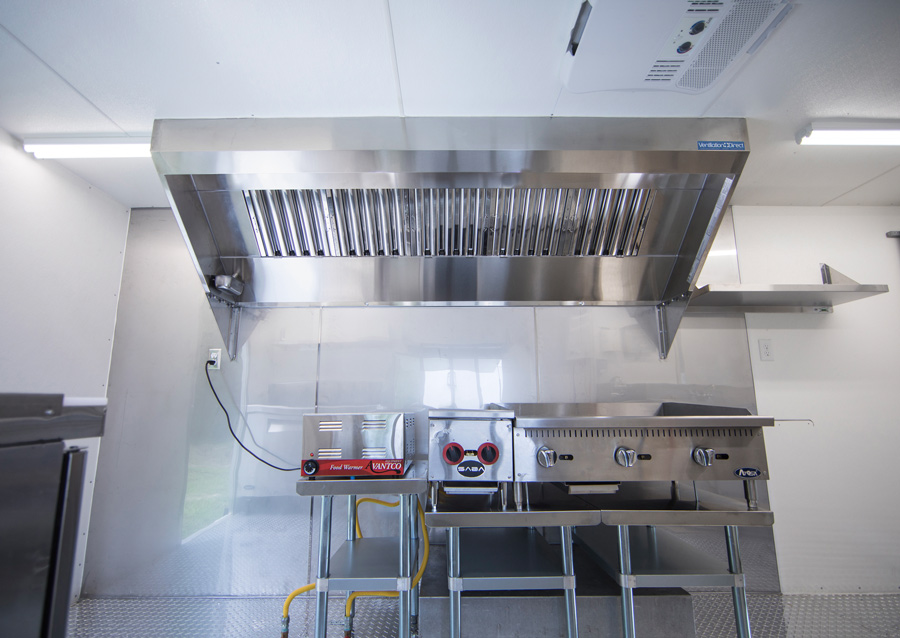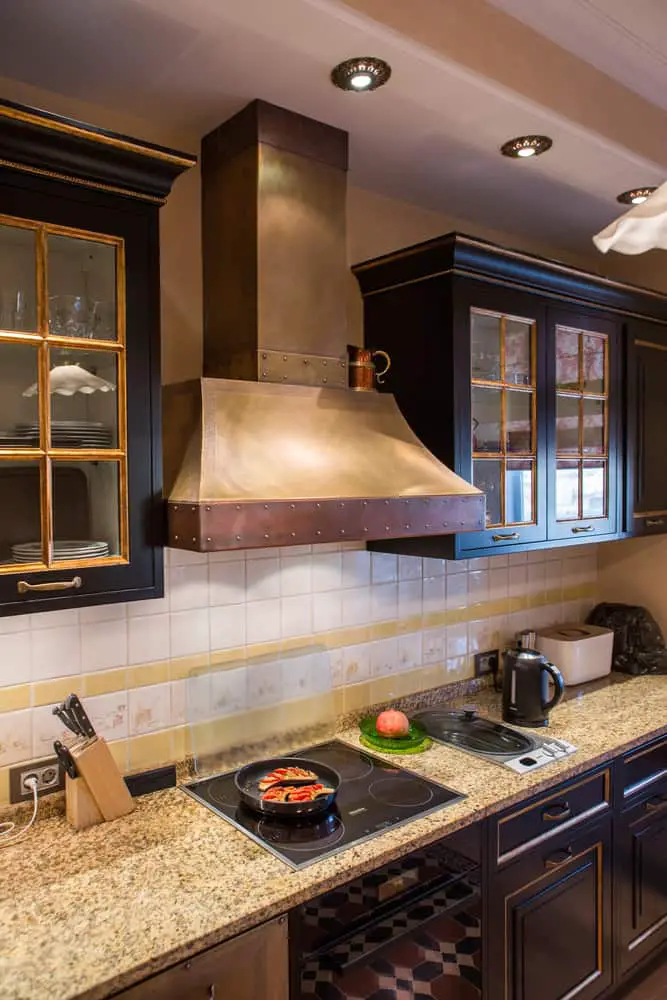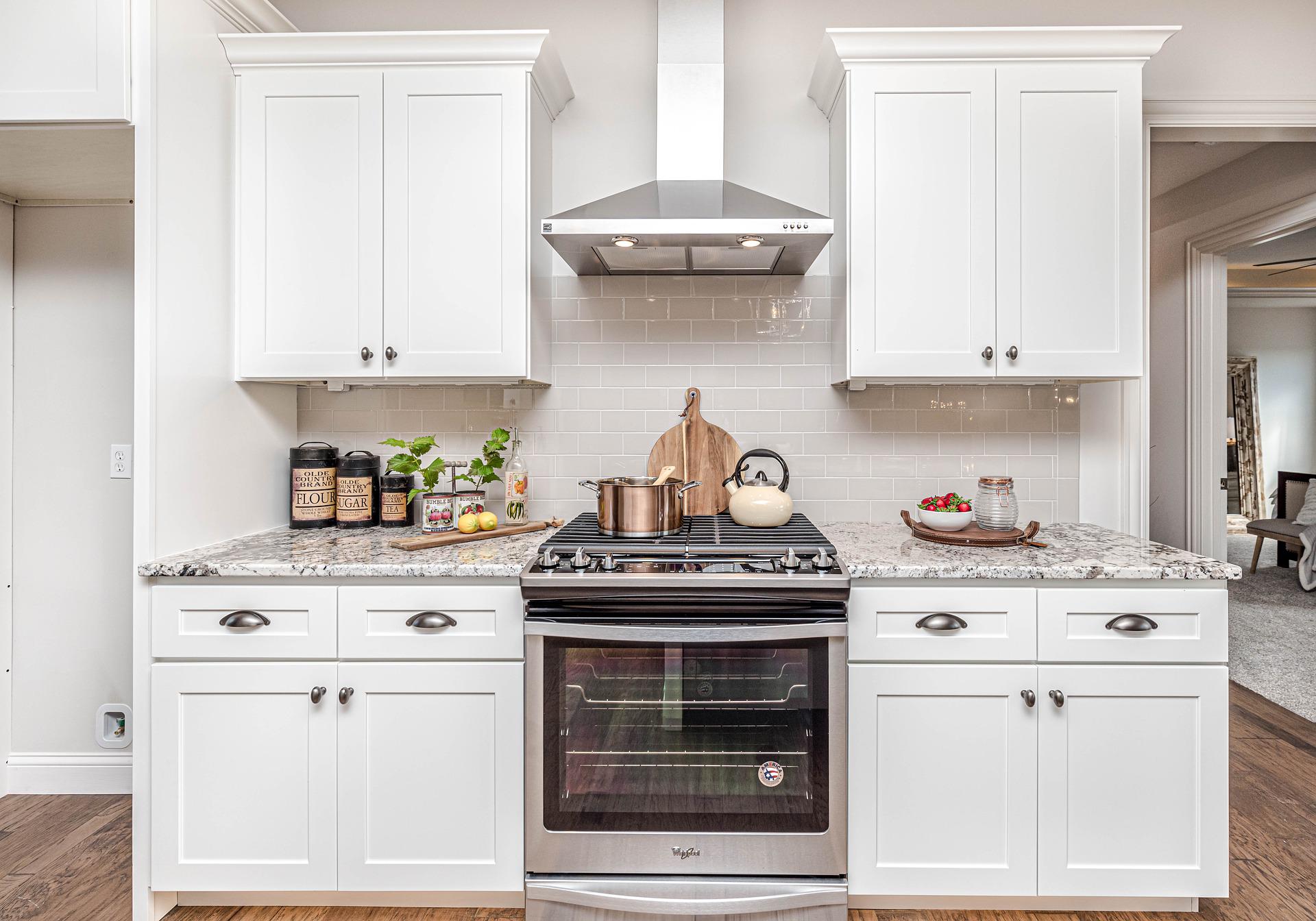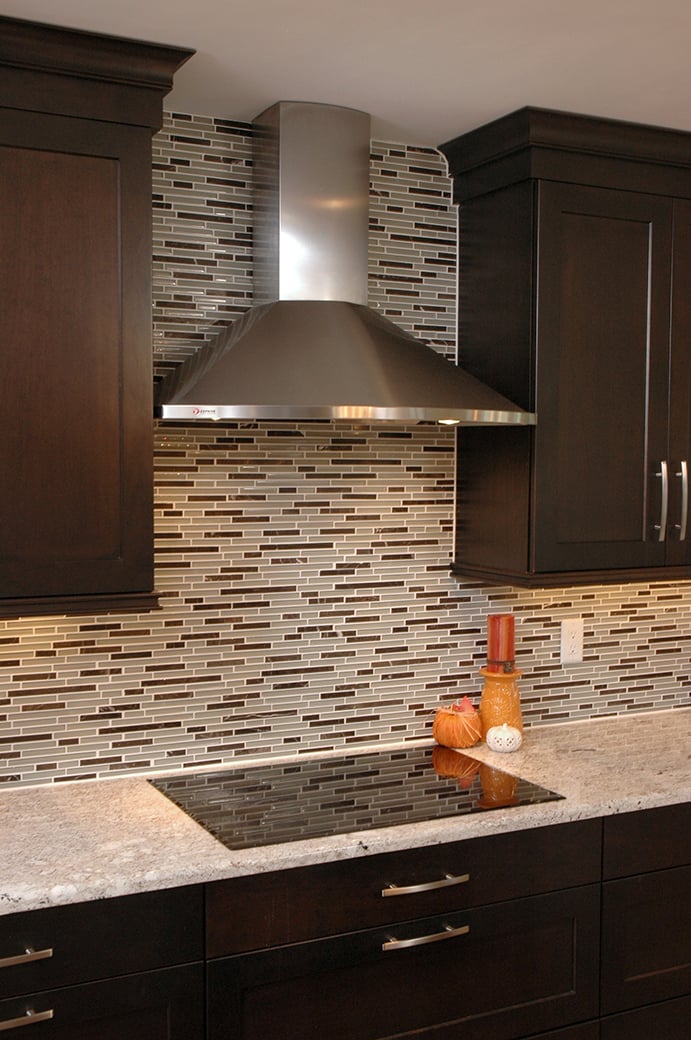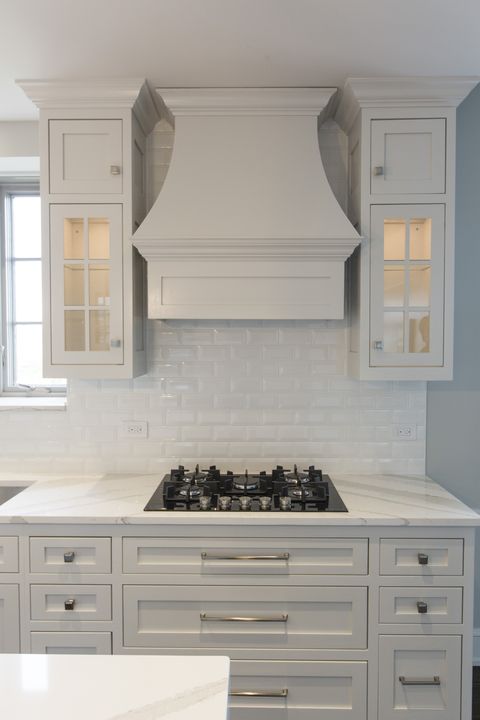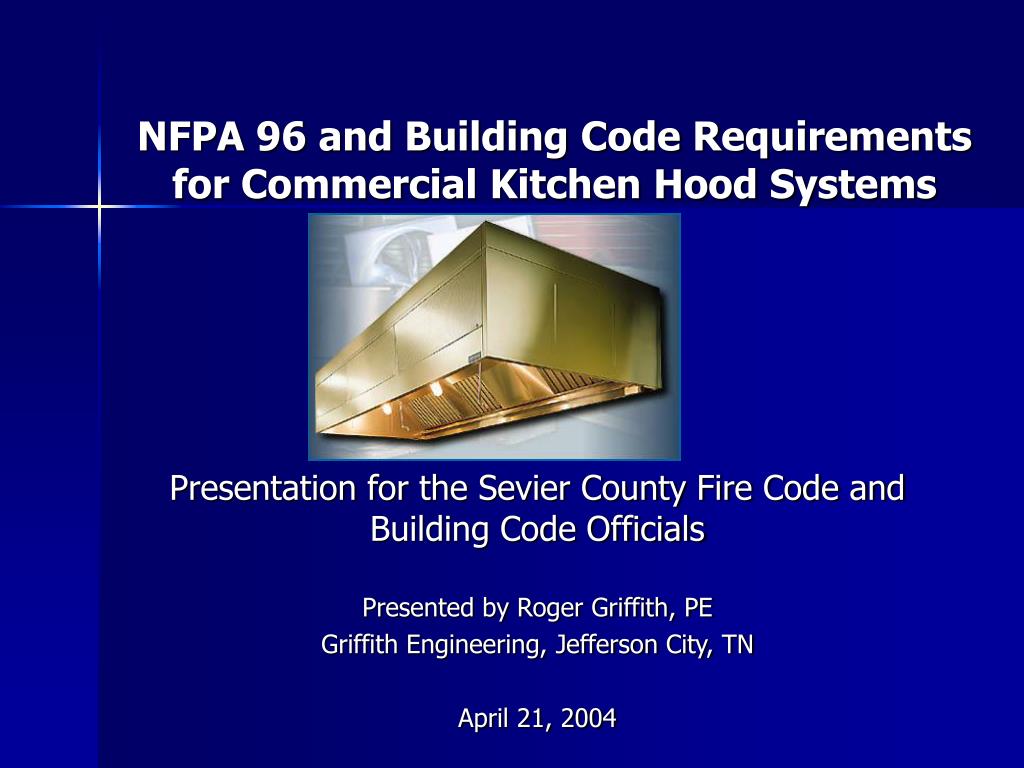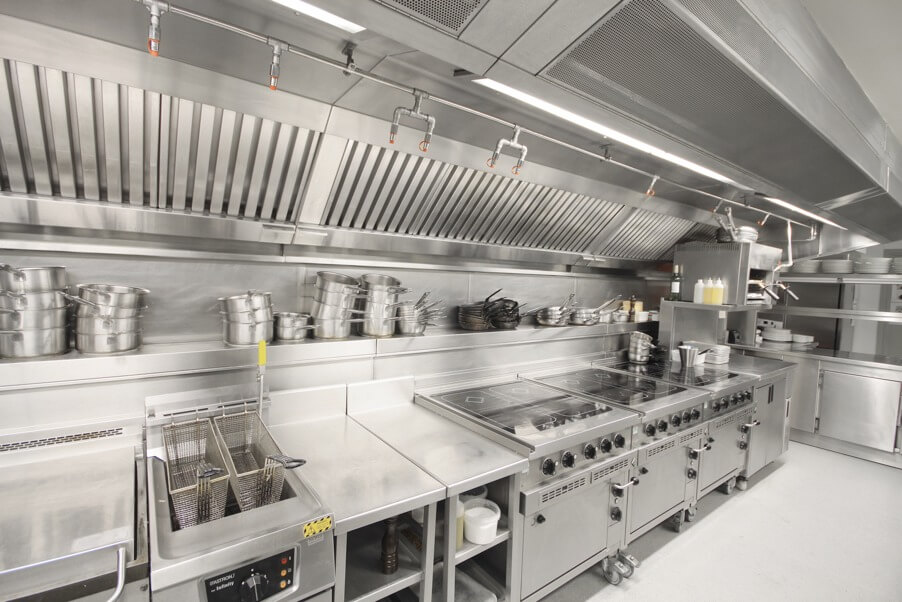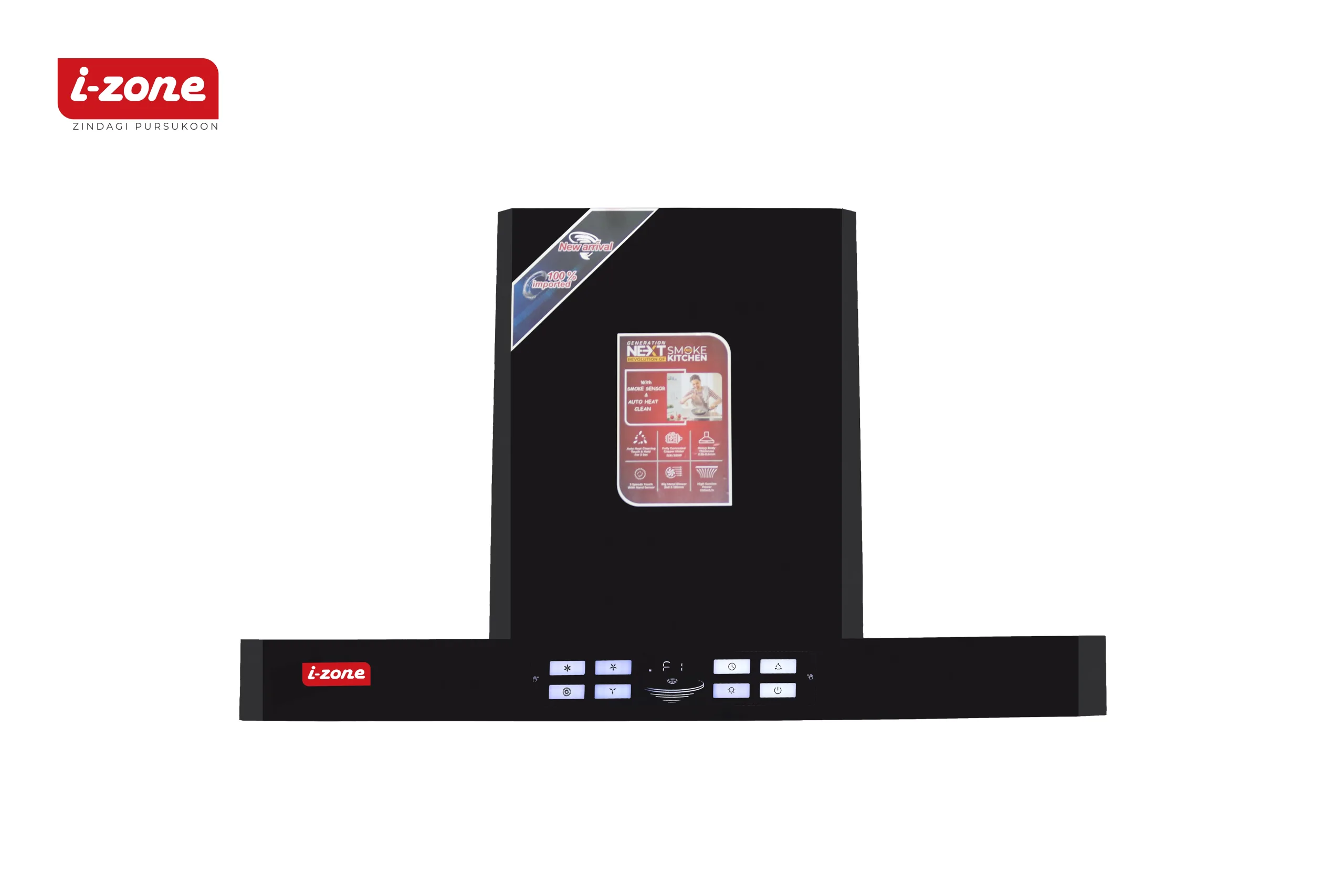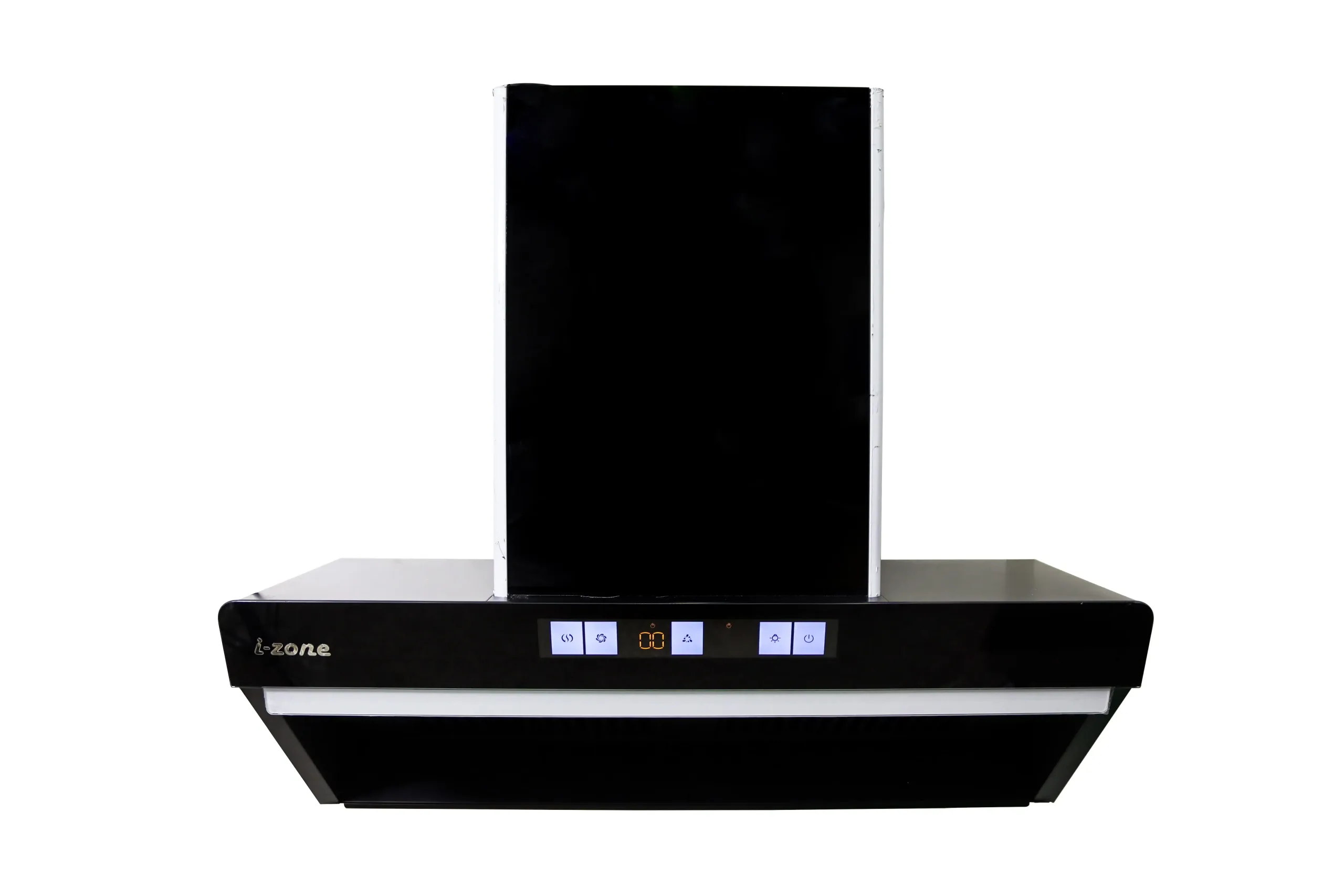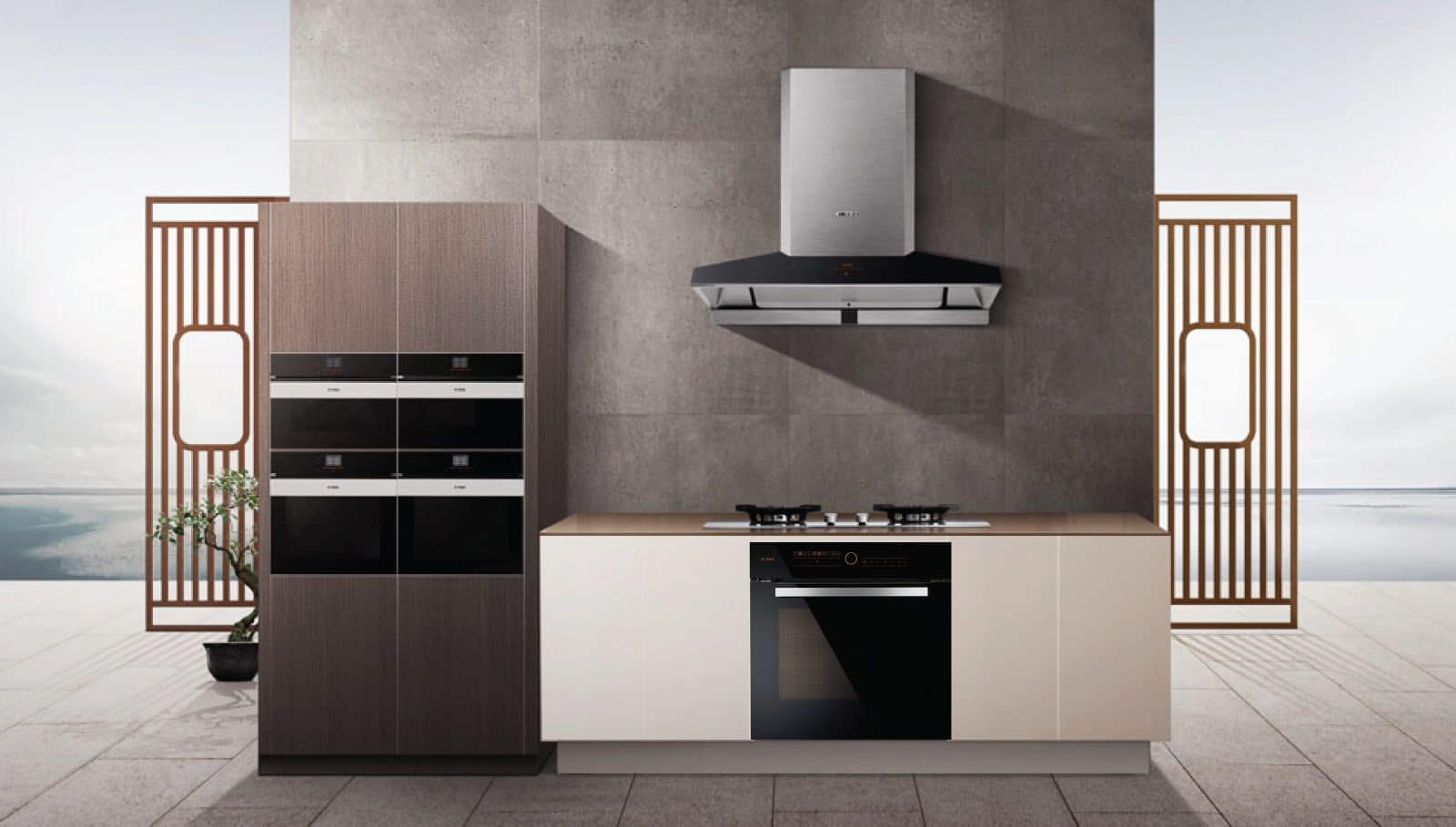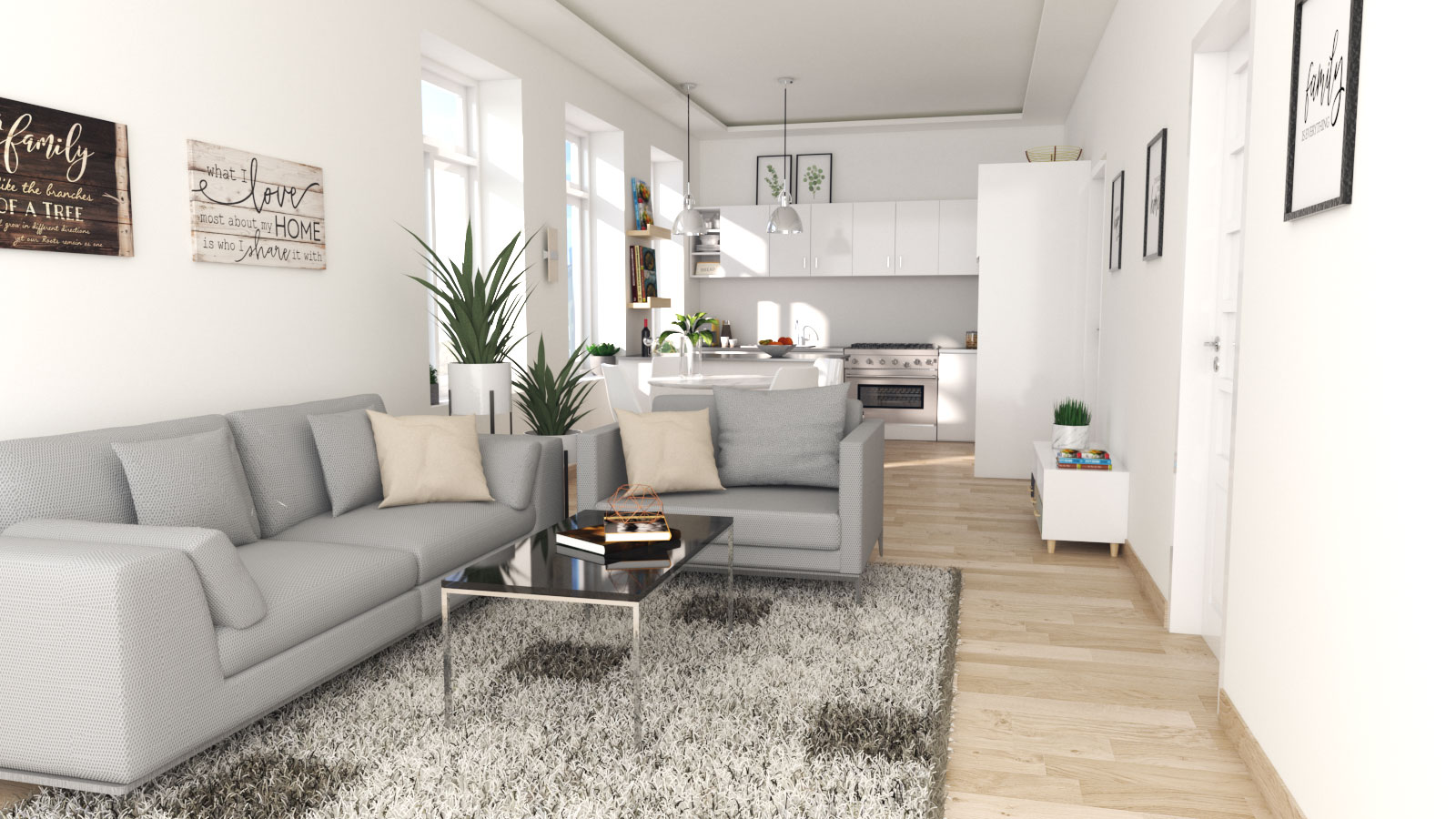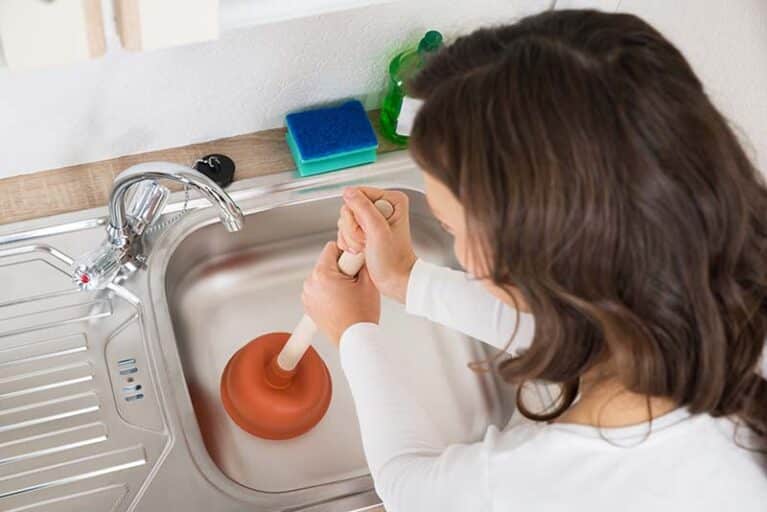When designing a kitchen, one of the most important elements to consider is the kitchen hood. Not only does it serve as a ventilation system, but it also plays a crucial role in keeping your kitchen safe and efficient. A well-designed kitchen hood can make all the difference in creating a functional and comfortable space. Here are the top 10 main kitchen hood design criteria that you should keep in mind.1. Kitchen Hood Design Criteria: What You Need to Know
The first step in designing a kitchen hood is to determine the size and layout of your kitchen. This will help you determine the type of hood that is most suitable for your space. You also need to consider the type of cooking that will be done in your kitchen as this will affect the amount of heat, smoke, and grease that the hood will need to handle. Other important factors to consider include the ceiling height, placement of the stove, and the location of the ductwork.2. Designing a Kitchen Hood: Key Considerations
A properly designed kitchen hood is essential for keeping your kitchen clean, safe, and comfortable. Without a hood, the heat, smoke, and grease from cooking can quickly build up and create an uncomfortable environment. In addition, without proper ventilation, the air quality in your kitchen can be compromised, leading to potential health hazards. Therefore, investing in a well-designed kitchen hood is crucial for the overall functionality and safety of your kitchen.3. The Importance of Proper Kitchen Hood Design
For commercial kitchens, the design criteria for kitchen hoods are more stringent compared to residential kitchens. This is because commercial kitchens typically produce more heat, smoke, and grease, and therefore require a more powerful and efficient hood. Additionally, commercial kitchens are subject to strict safety regulations, and the design of the hood must comply with these standards to ensure the safety of the kitchen staff and patrons.4. Design Criteria for Commercial Kitchen Hoods
When designing a kitchen hood, it is important to understand the various standards and codes that govern their design. These include the National Fire Protection Association (NFPA) standards, which outline the requirements for hood design and installation to ensure fire safety. Other important standards to consider are the International Mechanical Code (IMC) and the International Residential Code (IRC), which provide guidelines for ventilation and exhaust systems in commercial and residential buildings.5. Understanding Kitchen Hood Design Standards
To ensure that your kitchen hood is functioning at its best, there are a few key elements to keep in mind during the design process. First, make sure that the hood is properly sized to handle the amount of heat and smoke produced by your cooking appliances. The hood should also be positioned directly above the stove or cooktop for maximum efficiency. Additionally, incorporating a variable speed fan and a grease trap can help improve the performance and longevity of your hood.6. Tips for Designing an Effective Kitchen Hood System
There are several important elements that should be considered when designing a kitchen hood. These include the type of hood (wall-mounted, island, or under-cabinet), the size and placement of the hood, the type of filters used, and the type of fan and motor. These elements work together to ensure that your kitchen hood is effective in removing heat, smoke, and grease from your kitchen, while also complying with safety standards.7. Key Elements of Kitchen Hood Design Criteria
In order for your kitchen hood to perform at its best, it is important to have it regularly maintained and cleaned. This includes regular filter replacements and cleaning of the ductwork to prevent buildup of grease and other debris. Additionally, choosing energy-efficient components and properly positioning the hood can also help improve its performance and reduce maintenance costs in the long run.8. Designing a Kitchen Hood for Optimal Performance
As mentioned earlier, kitchen hoods are subject to certain codes and standards to ensure safety and functionality. It is important to work with a professional who is familiar with these requirements and can design and install a hood that meets all necessary codes. This will not only ensure the safety of your kitchen but also prevent any potential fines or penalties for non-compliance.9. Meeting Code Requirements for Kitchen Hood Design
Finally, one of the main goals of kitchen hood design is to create a safe and efficient environment for cooking. This means ensuring that the hood is properly ventilating and removing heat, smoke, and grease from the kitchen. In addition, investing in a high-quality hood with energy-efficient components can help reduce energy costs and ensure that your kitchen remains comfortable and safe for all those who use it. In conclusion, designing a kitchen hood is a crucial aspect of creating a functional and safe kitchen. By considering the various design criteria and standards, as well as incorporating tips for optimal performance, you can ensure that your kitchen hood is effective, efficient, and compliant with safety regulations. So, whether you are designing a residential or commercial kitchen, be sure to pay close attention to the design of your kitchen hood for a comfortable and safe cooking experience.10. Designing a Kitchen Hood for Safety and Efficiency
Kitchen Hood Design Criteria: Importance and Considerations
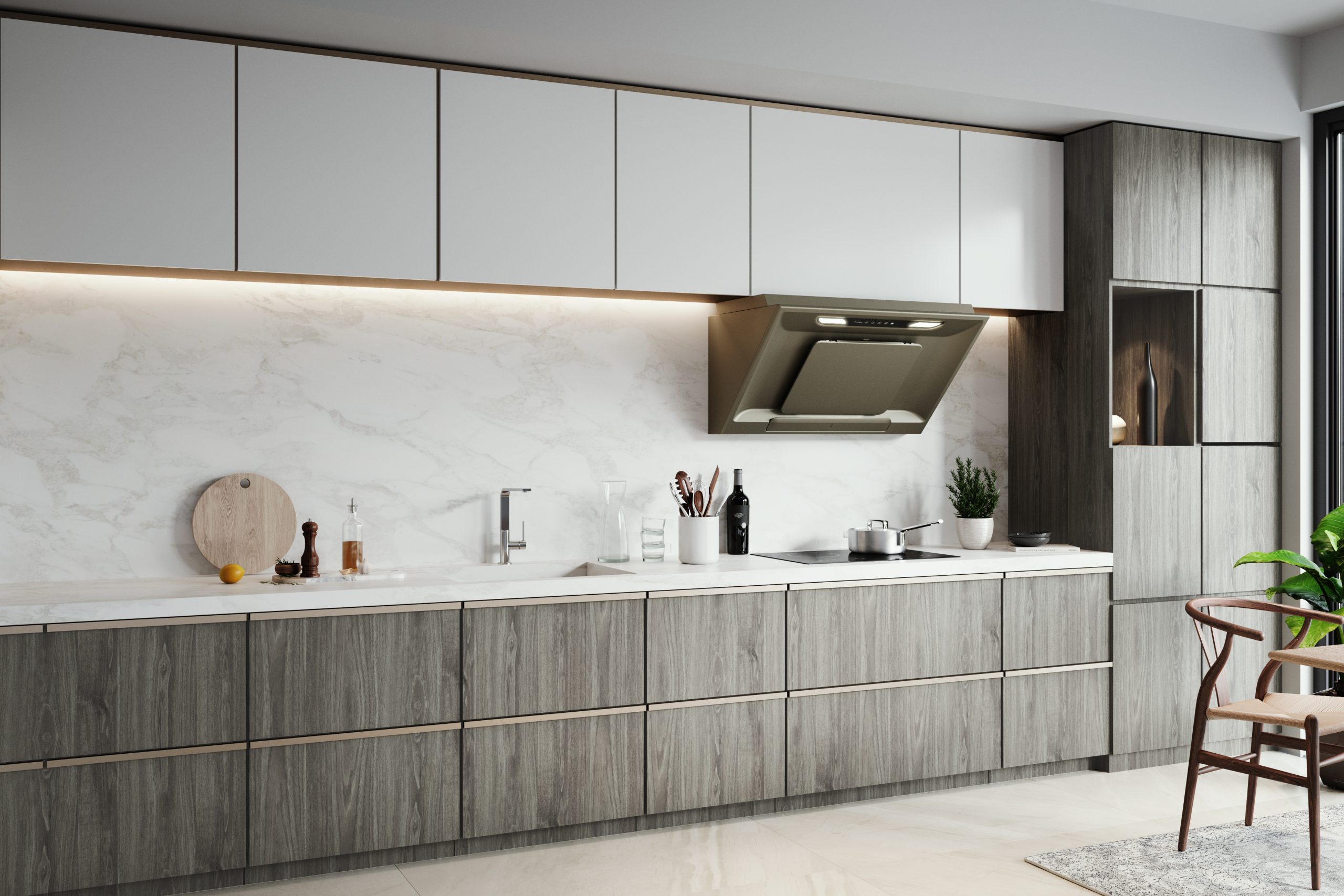 When it comes to designing a house, the kitchen is often considered the heart of the home. It is a space where meals are prepared, memories are made, and families gather. As such, the design of the kitchen should not be taken lightly. One important aspect of kitchen design is the
kitchen hood
. This essential appliance not only adds to the aesthetic appeal of the kitchen, but also serves an important function in keeping the air clean and free of odors and grease. When it comes to selecting the right kitchen hood, there are several criteria that should be considered to ensure optimal performance and functionality.
When it comes to designing a house, the kitchen is often considered the heart of the home. It is a space where meals are prepared, memories are made, and families gather. As such, the design of the kitchen should not be taken lightly. One important aspect of kitchen design is the
kitchen hood
. This essential appliance not only adds to the aesthetic appeal of the kitchen, but also serves an important function in keeping the air clean and free of odors and grease. When it comes to selecting the right kitchen hood, there are several criteria that should be considered to ensure optimal performance and functionality.
Size and Type
 The size and type of kitchen hood are two key factors to consider when designing a kitchen.
Size
is determined by the size of the cooking surface and the amount of heat being generated. A larger stove or cooktop will require a larger hood to effectively capture and remove smoke and odors. The type of kitchen hood also plays a significant role in its effectiveness. There are three main types of kitchen hoods: wall-mounted, under cabinet, and island hoods. Each type has its own advantages and should be chosen based on the layout and design of the kitchen.
The size and type of kitchen hood are two key factors to consider when designing a kitchen.
Size
is determined by the size of the cooking surface and the amount of heat being generated. A larger stove or cooktop will require a larger hood to effectively capture and remove smoke and odors. The type of kitchen hood also plays a significant role in its effectiveness. There are three main types of kitchen hoods: wall-mounted, under cabinet, and island hoods. Each type has its own advantages and should be chosen based on the layout and design of the kitchen.
Airflow and Ventilation
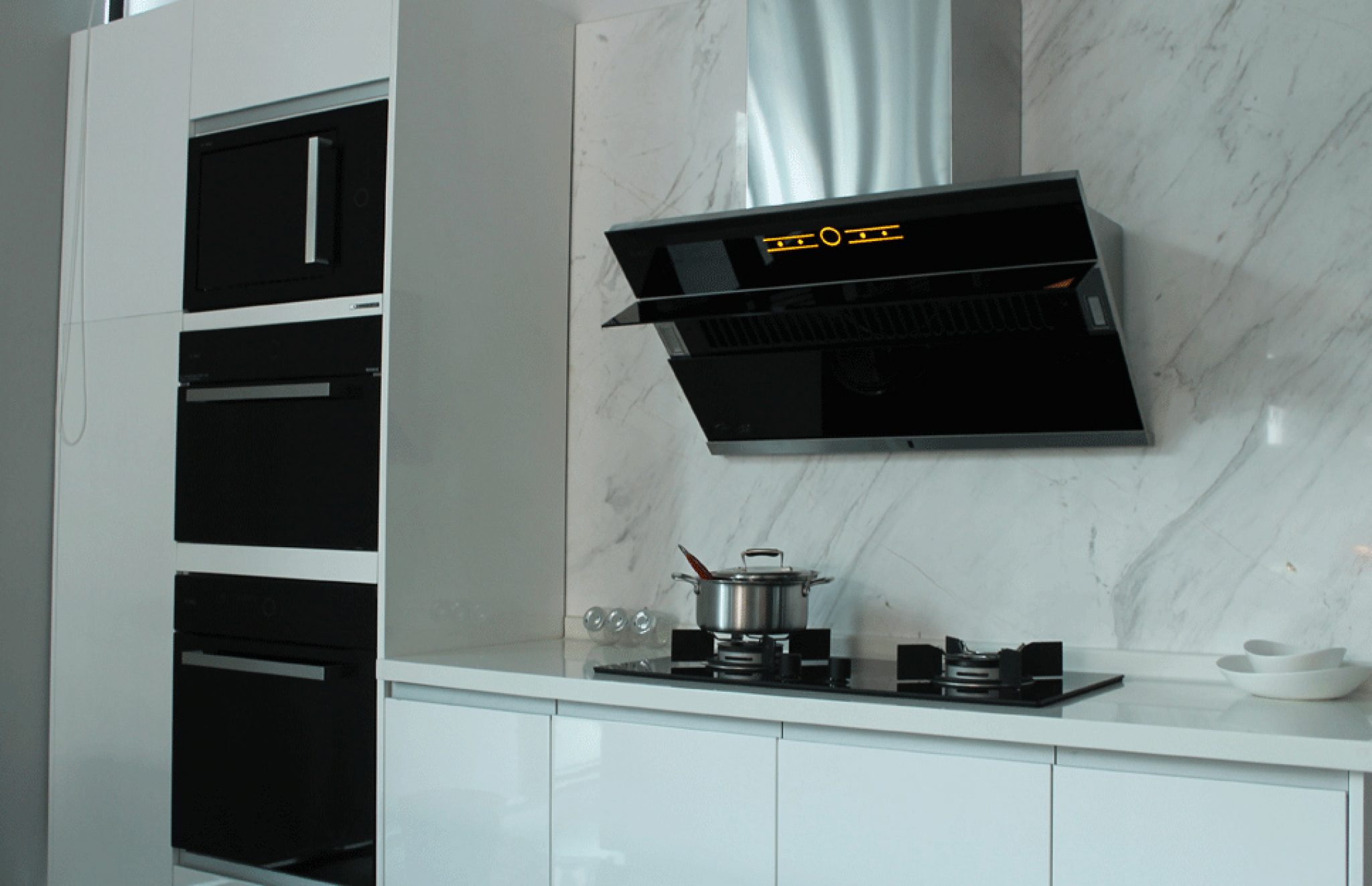 Proper airflow and ventilation are crucial for a kitchen hood to function effectively. The
airflow
of a kitchen hood is measured in cubic feet per minute (CFM), and the higher the CFM, the more powerful the hood will be. It is recommended to have a minimum of 150 CFM for every linear foot of the cooking surface. In addition to airflow, proper
ventilation
is also important. The hood should be vented outside to remove smoke, grease, and odors from the kitchen. It is also important to consider the location of the vent to prevent any potential obstructions.
Proper airflow and ventilation are crucial for a kitchen hood to function effectively. The
airflow
of a kitchen hood is measured in cubic feet per minute (CFM), and the higher the CFM, the more powerful the hood will be. It is recommended to have a minimum of 150 CFM for every linear foot of the cooking surface. In addition to airflow, proper
ventilation
is also important. The hood should be vented outside to remove smoke, grease, and odors from the kitchen. It is also important to consider the location of the vent to prevent any potential obstructions.
Style and Design
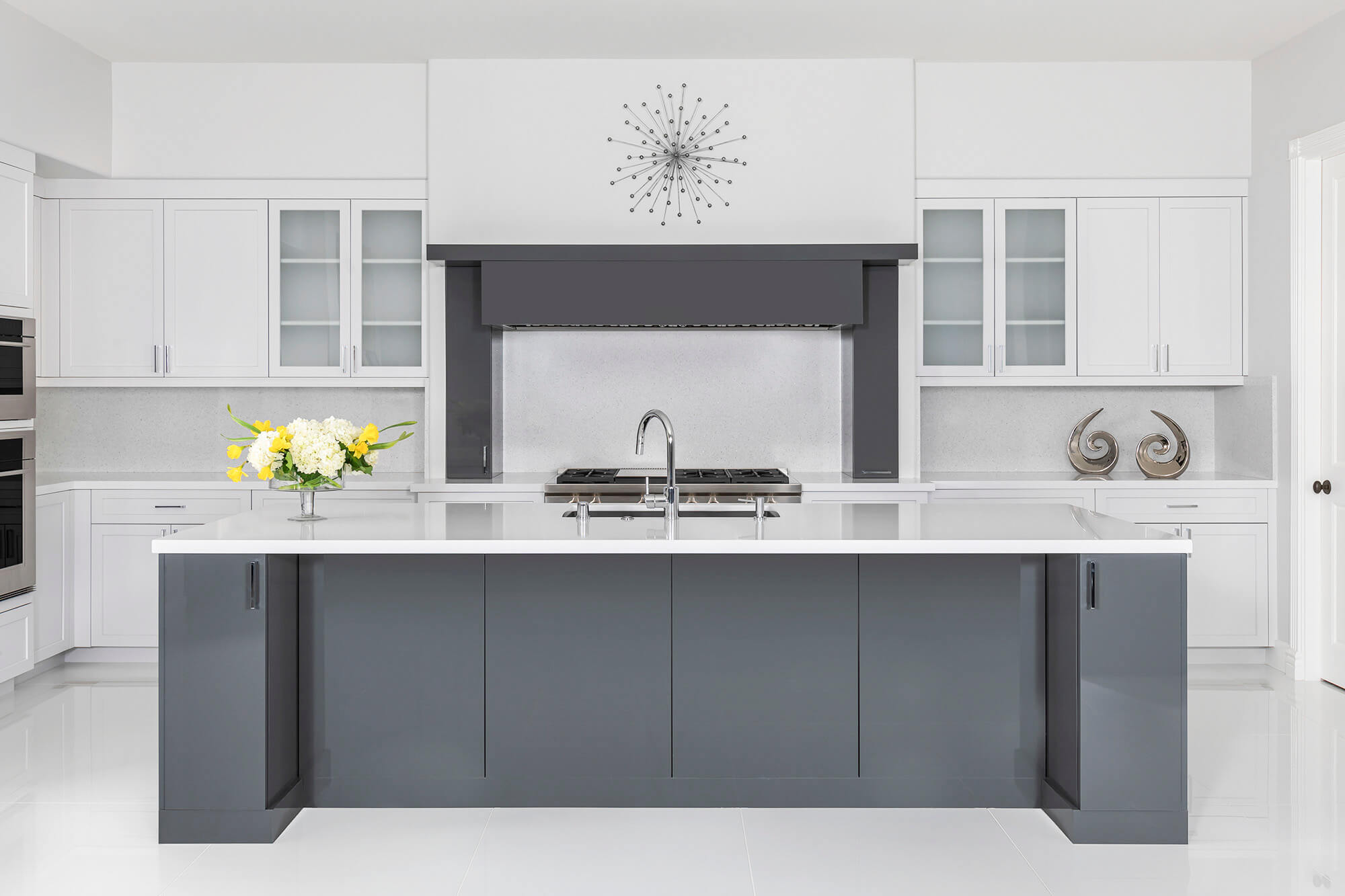 While functionality is key, the
style and design
of the kitchen hood should also be taken into account. The hood should complement the overall design of the kitchen and add to its aesthetic appeal. There are a variety of styles and designs to choose from, ranging from modern and sleek to more traditional and ornate. It is important to select a style that fits the overall theme of the kitchen and adds to its visual appeal.
In conclusion, the design of a kitchen hood is an important aspect of kitchen design that should not be overlooked. By considering the size and type, airflow and ventilation, and style and design, you can ensure that your kitchen hood not only looks great, but also functions effectively to keep your kitchen clean and free of odors and grease. So when designing your dream kitchen, be sure to give proper consideration to the kitchen hood in order to create a functional and visually appealing space for you and your family to enjoy.
While functionality is key, the
style and design
of the kitchen hood should also be taken into account. The hood should complement the overall design of the kitchen and add to its aesthetic appeal. There are a variety of styles and designs to choose from, ranging from modern and sleek to more traditional and ornate. It is important to select a style that fits the overall theme of the kitchen and adds to its visual appeal.
In conclusion, the design of a kitchen hood is an important aspect of kitchen design that should not be overlooked. By considering the size and type, airflow and ventilation, and style and design, you can ensure that your kitchen hood not only looks great, but also functions effectively to keep your kitchen clean and free of odors and grease. So when designing your dream kitchen, be sure to give proper consideration to the kitchen hood in order to create a functional and visually appealing space for you and your family to enjoy.














